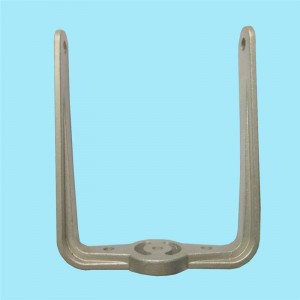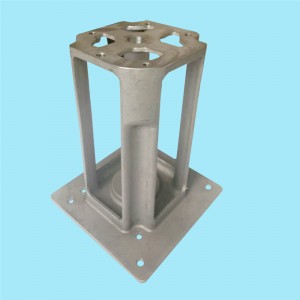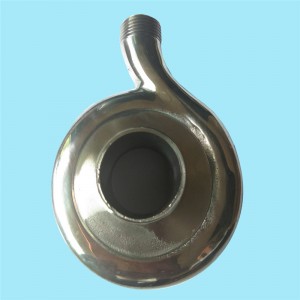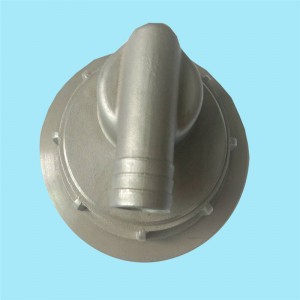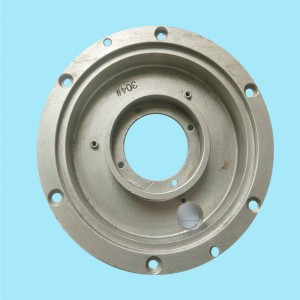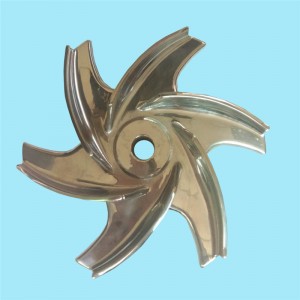Aluminum Alloys Die Casting Design Guide
The Advantages of Aluminum Die Casting

Die casting aluminum offers several advantages over other metal-forming processes that might make it the appropriate choice to create your aluminum parts.
One of the most noteworthy is the ability to produce very complex shapes that neither extrusion nor machining can effectively create. A perfect example of this is the production of complex automotive parts, like transmissions and engine blocks. Other processes cannot consistently achieve the complexity and tight tolerances required for these products.
Additional advantages include the ability to have textured or smooth surfaces and the capacity to accommodate both large and small parts.
The Top Considerations During Part Design
A few considerations have to be taken into account when designing the part to be cast.
Firstly, the mold must be designed to separate and allow the solidified aluminum part to come out. The line that marks where the two halves of the mold come apart is referred to as a parting line, and you have to consider it in the early stages of die design.
Another important consideration is the location of injection points. The die can be designed with several injection points in cases when the molten metal would otherwise solidify before reaching every crevice in the die. This can also help if cavities are included in the design; you can surround them with aluminum and still have the part come off when the mold is separated.
You must also consider the thickness of the part's walls. There are usually no guidelines for a minimum wall thickness, thanks to recent technology developments, but having walls with consistent thickness is often preferred.

Products categories
-

Phone
-

E-mail
-

Whatsapp
-

Top


